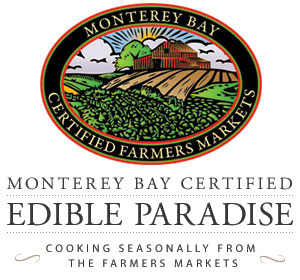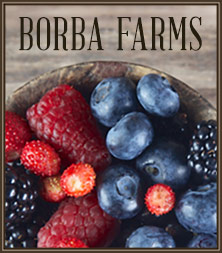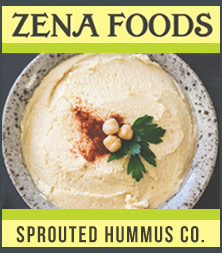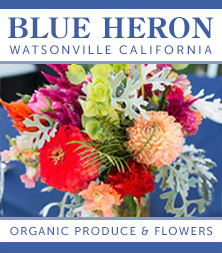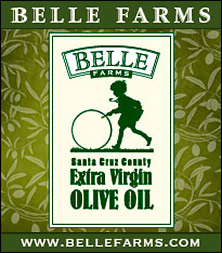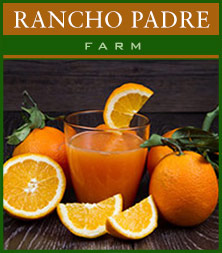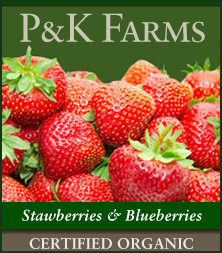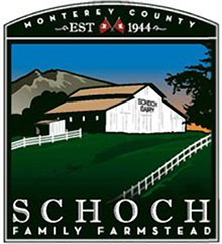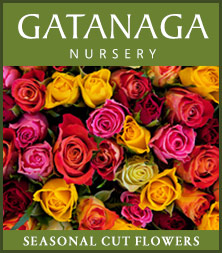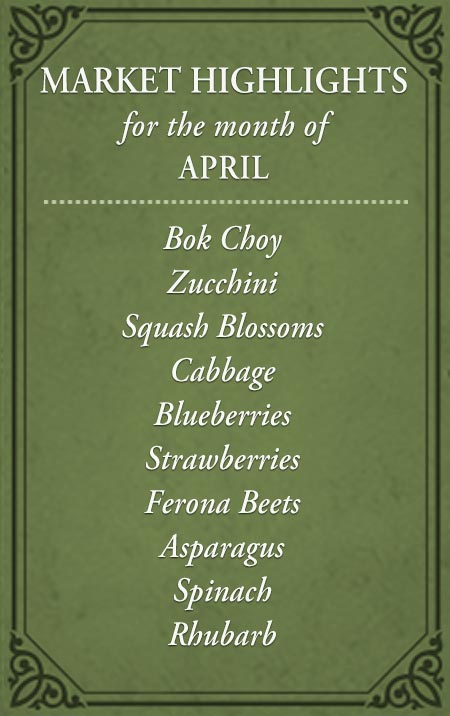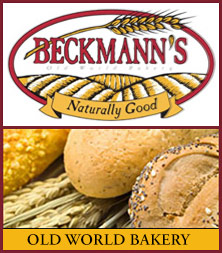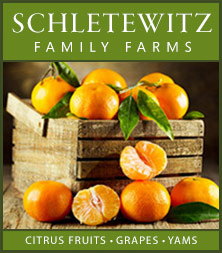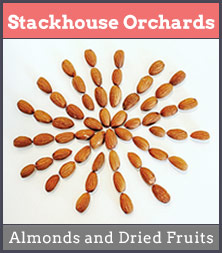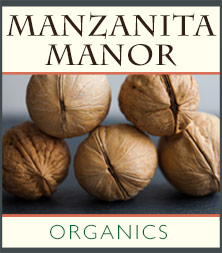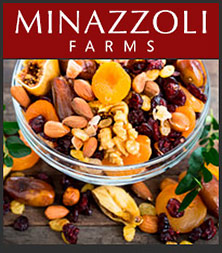Farro is an ancient, unhybridized form of wheat, also known as emmer wheat. It has recently gained popularity alongside spelt, though the two grains are often confused. They are not the same: spelt (Triticum aestivum spelta) takes longer to cook and usually benefits from soaking, while farro (Triticum dicoccum) cooks more quickly and has a naturally sweeter flavor. Farro is sold as perlato (polished to remove some of the bran for faster cooking) and semi-perlato (partially polished, which requires more cooking time). Look for perlato for the most convenience.
Farro has a pleasant chewiness and a mild, nutty sweetness that pairs well with many ingredients. It holds up beautifully in the refrigerator without losing texture or flavor, making it perfect for repurposing into salads, breakfast dishes, or quick reheated sides. Try it with eggs for breakfast, as a hot cereal, or alongside lentils or beans for a hearty, meatless complete protein.
INGREDIENTS:
1 cup farro
1-2 tablespoons olive oil, or butter
1/2 medium onion, peeled and diced fine (vegetables should be diced the same size as the grains of farro)
1 medium carrot, peeled and diced fine
3 medium button mushrooms, diced fine
3 sprigs of fresh thyme leaves, minced (or whatever herbs you wish)
2 cloves garlic, peeled, de-germed, and minced
1/2 cup white wine – optional
3 cups vegetable or chicken stock, or water
Salt and pepper to taste
METHOD:
Heat the stock or water until almost boiling, then keep warm.
Place a 1 1/2-quart chef’s pan or sauté pan over medium-high heat. Add the oil or butter. When hot, add the onions, tossing to coat. Cook until soft and translucent.
Add the carrots and cook until they begin to soften, stirring occasionally so the onions don’t brown.
Stir in the mushrooms. If the pan looks dry, add a touch more oil. Cook until the mushrooms soften and begin to color. Add the herbs and stir to combine.
Add the garlic and cook just until fragrant. Stir in the wine, if using, and cook until nearly evaporated.
Add the farro, stirring to coat the grains with the oil and vegetables. Cook for 1–2 minutes until the grains smell toasty and begin to color slightly. Season lightly with pepper (hold off on adding salt until later).
Stir in the hot stock or water, scraping the bottom of the pan to loosen any bits. Bring to a boil, then reduce to a gentle simmer. Cover the pan partially with a lid.
Cook for about 25 minutes, stirring once or twice, and check the liquid level. If it evaporates too quickly, add a bit more hot liquid.
After 25 minutes, test the farro. It should be tender but pleasantly chewy. If done and liquid remains, uncover and cook until absorbed. Remove from heat, cover, and let steam for 5 minutes. Now season with salt to taste. (Salting earlier can toughen the grains.)
If the farro is still undercooked after 25 minutes, add a splash more liquid and cook another 5 minutes before testing again. Repeat as needed until done.
Serve warm.
YIELD: Serves 4
CHEF’S NOTES:
-
Farro can be cooked ahead. At serving time, reheat in a skillet with a little oil to crisp and add extra flavor.
-
Try variations: add diced fennel, swap in other mushrooms, stir in sautéed Italian sausage for a hearty dish, or brighten with blanched lemon peel and juice.
-
Leftover farro is excellent reheated with vegetables and scrambled with eggs for breakfast.
SOURCE: Chef Andrew E Cohen
